
Introduction
Landscaping isn't just about making your yard look nice, it's about building a healthy, long-lasting outdoor space. Whether you have a small garden or a big backyard, the right landscaping checklist helps you stay on top of what needs to be done.
From trimming branches to planting flowers and protecting your plants from weather or pests, every step plays a role. We will guide you through what to prune, plant, and protect, month by month, season by season. With these tips, your garden will thrive all year long.
Summary
1. Trim Smart – It's Time to Cut the Right Way
2. Plant with Purpose – Choose the Right Plants for Each Season
3. Protect Your Plants – Shield Them from Weather and Pests
4. Your Seasonal Landscaping Checklist – Stay Ahead All Year
5. Take Care of Your Lawn – Grass Needs Attention Too
6. The Magic of Mulch – A Simple Way to Protect and Beautify
7. Must-Have Gardening Tools – Equip Yourself for Success
8. Keep It Eco-Friendly – Landscaping That Helps Nature Too
9. Track Your Progress – Create a Monthly Garden Planner
1. Trim Smart It's Time to Cut the Right Way

Pruning is more than just cutting branches—it's about encouraging strong growth. When you remove dead, broken, or overgrown parts of your plants, you help them breathe and grow better. It also improves air flow and light exposure, which keeps disease away.
The right time to trim a plant varies based on its type. For most trees and shrubs, late winter or early spring is perfect. You can also prune flowering shrubs after they bloom. Always use clean, sharp tools, and make cuts at an angle to speed up healing.
2. Plant with Purpose – Choose the Right Plants for Each Season
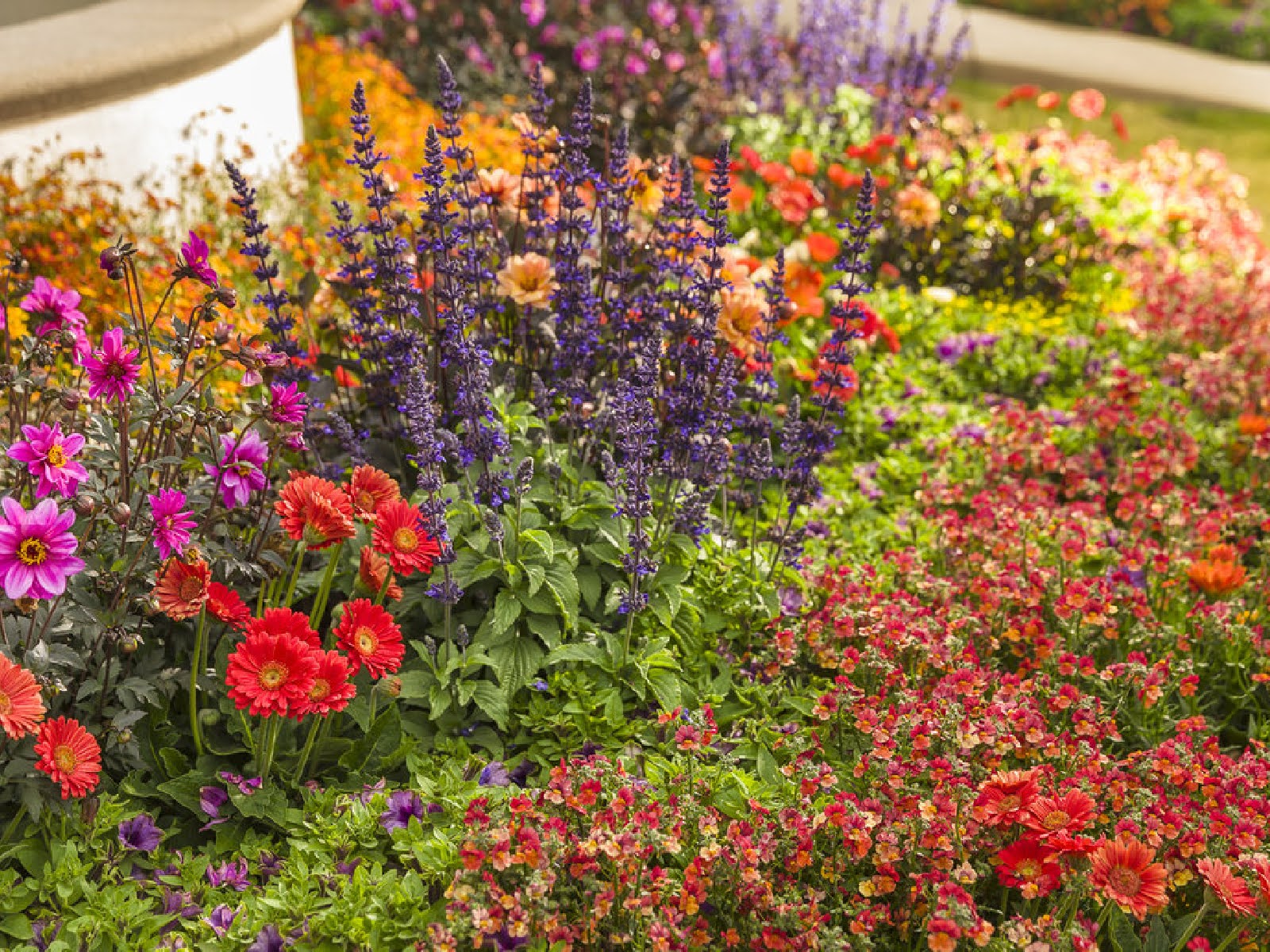
Planting is one of the most exciting parts of landscaping. But timing is everything. Spring is ideal for planting flowers and veggies, while fall is better for trees and bushes. Planting at the wrong time can stress or even kill your plants.
Before planting, check the soil, sunlight, and water needs of your plant. Group plants that need similar care together. This makes maintenance easy. Dig a hole twice as wide as the roots so they can spread easily. Also, water well after planting to help them settle.
3. Protect Your Plants – Shield Them from Weather and Pests
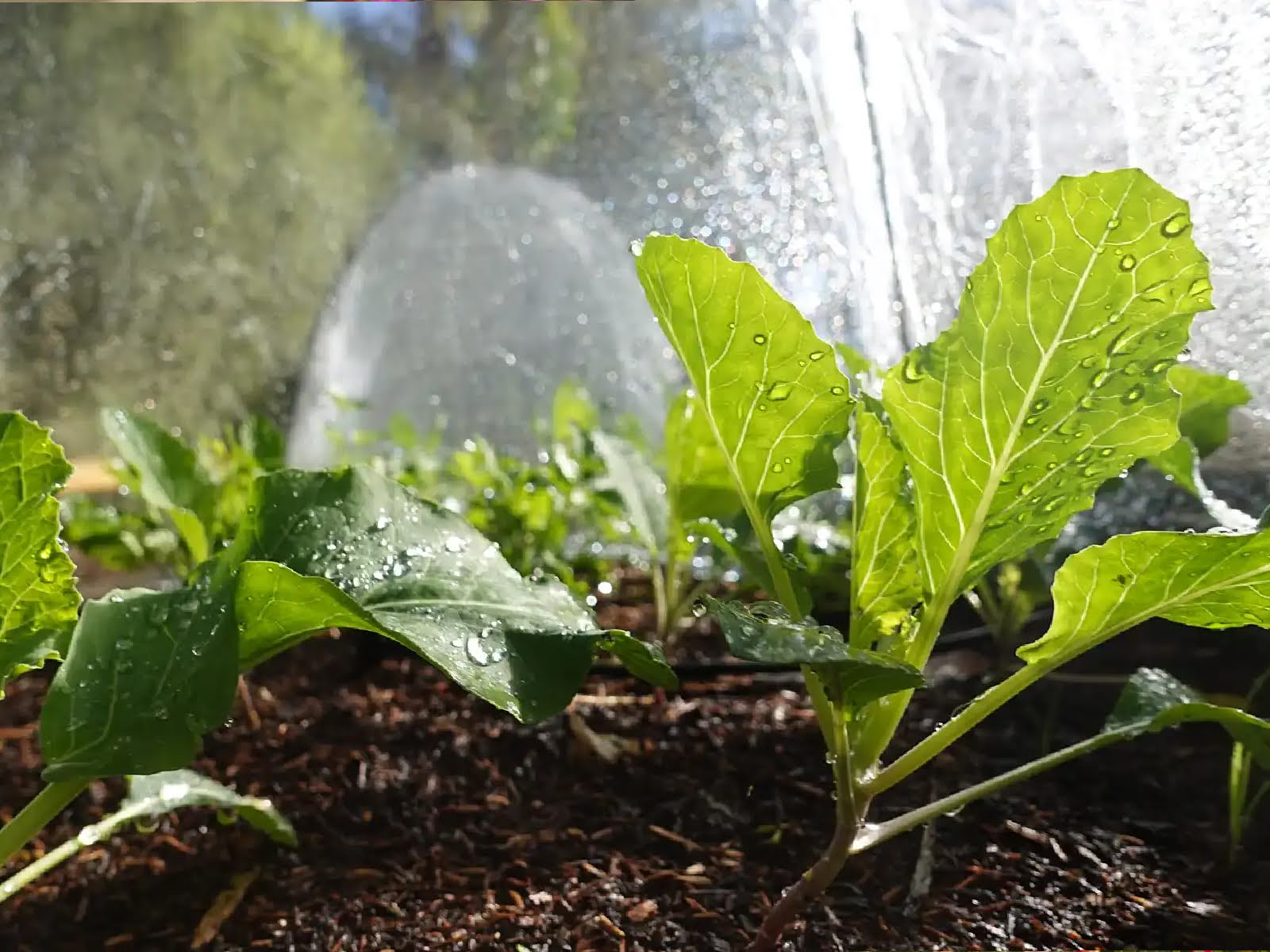
Every plant you grow needs protection. Your garden deals with a lot—from bad weather to pest attacks. Cold weather? Use mulch or frost covers. Hot sun? Shade or water in the morning. Strong wind? Add support with stakes or fences.
When it comes to pests, keep an eye out for chewed leaves, spots, or sticky residue. Natural methods work best. Try neem oil, dish soap sprays, or invite good bugs like ladybugs to help. Don’t wait for damage protect your plants early.
4. Your Seasonal Landscaping Checklist – Stay Ahead All Year
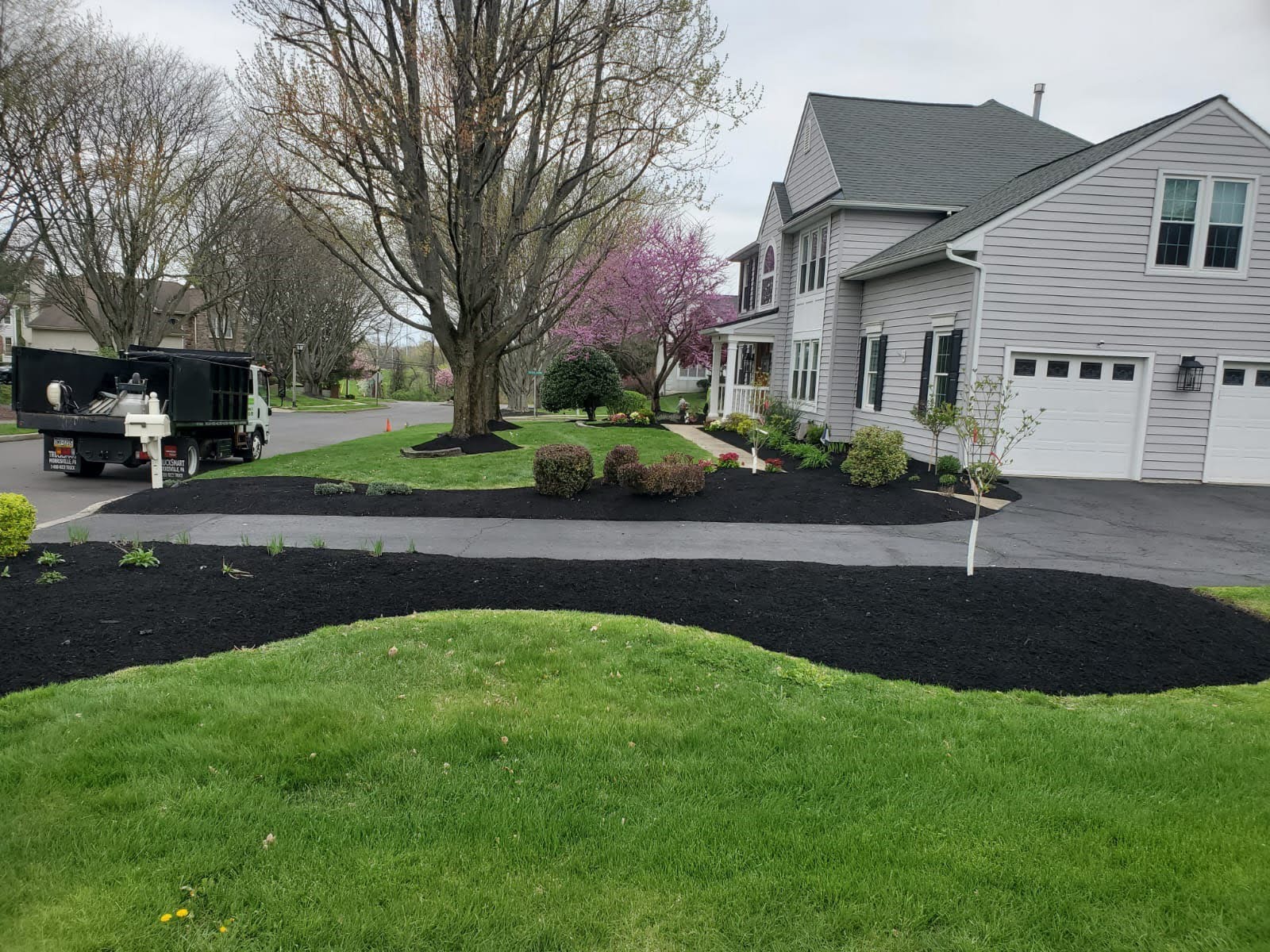
To keep your garden in top shape, follow a seasonal landscaping checklist. Each season brings different jobs:
- • Spring: Clean up leaves, prune shrubs, plant flowers, and refresh mulch.
- • Summer: Give plants plenty of water, cut the grass regularly, and keep an eye out for bugs and weeds.
- • Fall: Plant trees, cut back perennials, and add mulch for winter.
- • Winter: Cover sensitive plants, clean tools, and plan for next season.
Mark tasks on a calendar or journal to stay consistent. Checking in monthly keeps things under control and helps you spot problems early.
5. Take Care of Your Lawn Grass Needs Attention Too
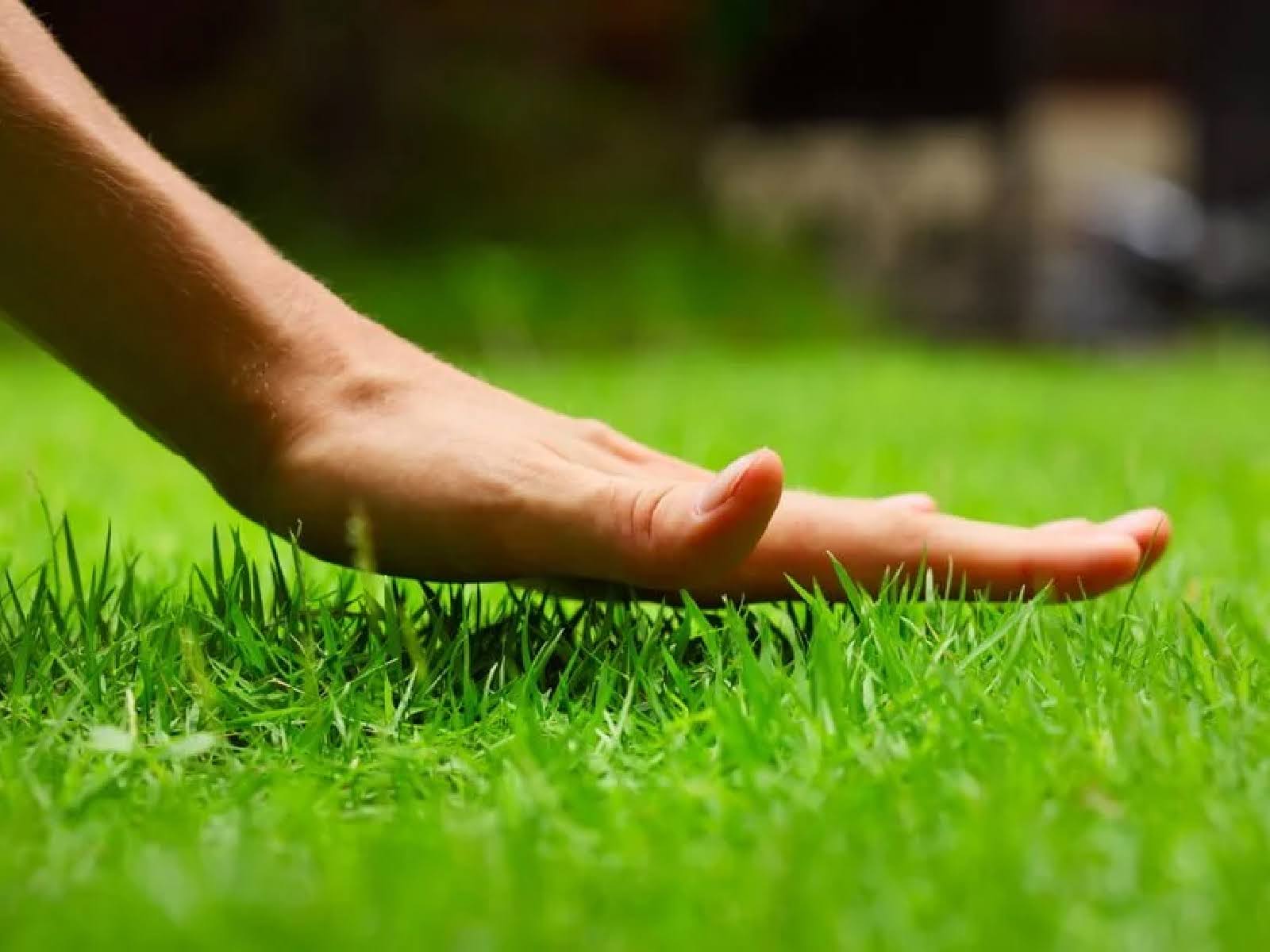
While flowers and trees often get all the attention, your lawn is just as important. Keep mowing often, but don’t trim the grass too low. Grass needs enough length to stay strong and green.Trim just one-third of the grass height each time. Water early in the morning to avoid fungus once a week with a deep soak is better than watering a little every day. Add fertilizer during spring and fall based on your lawn type. Healthy grass keeps your whole landscape looking clean and fresh.
6. The Magic of Mulch – A Simple Way to Protect and Beautify
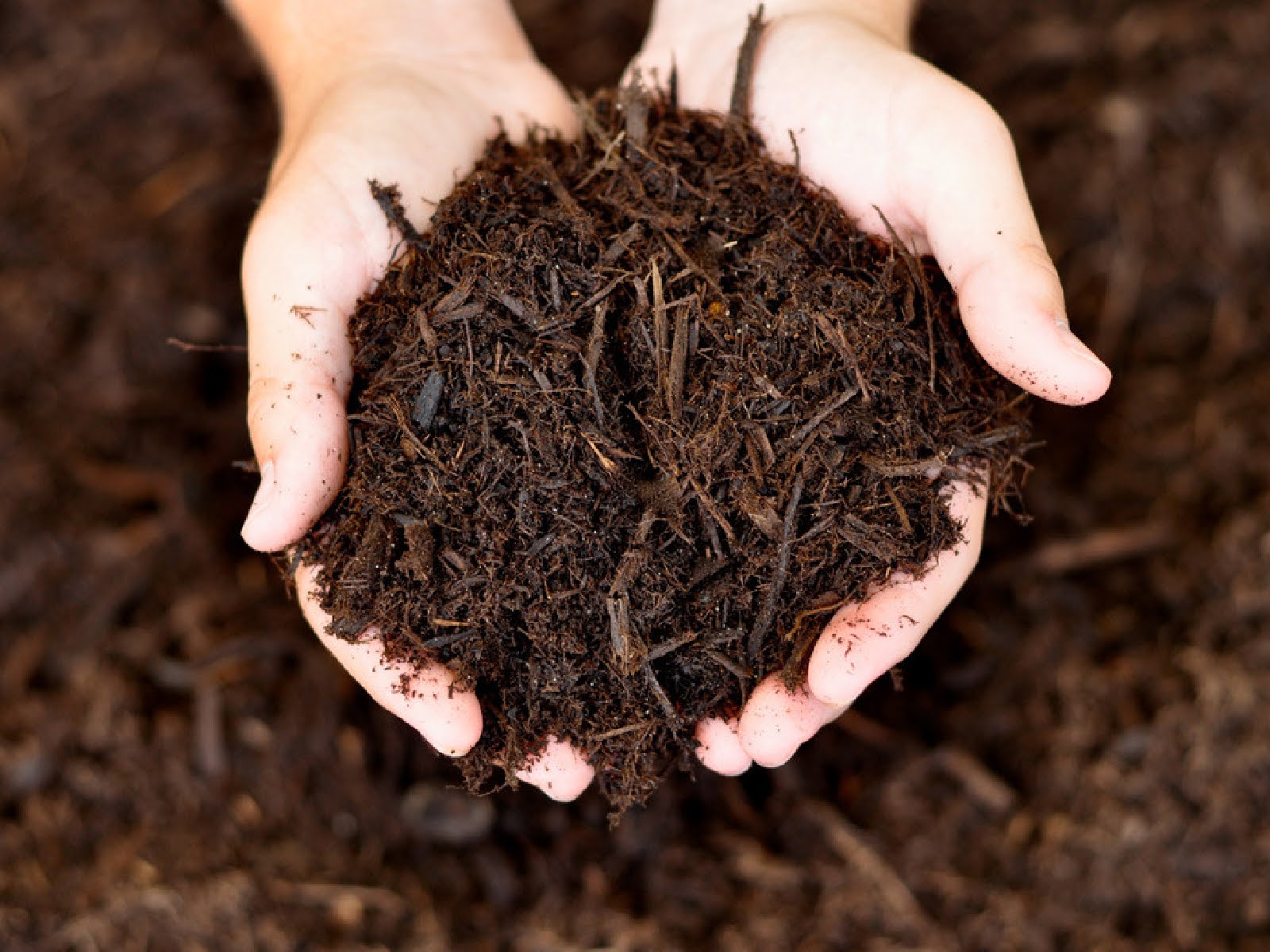
Mulch might be the easiest way to protect and boost your garden. Mulch helps the soil stay moist, stops weeds from growing, and shields roots from extreme temperatures. Plus, it makes your yard look clean and tidy. Consider using natural materials such as bark, straw, or dry leaves as mulch. Lay 2–3 inches around plants, but keep it away from stems or trunks. Too much mulch can lead to rot. Replace mulch once or twice a year to keep your garden healthy and neat.
7. Must-Have Gardening Tools – Equip Yourself for Success
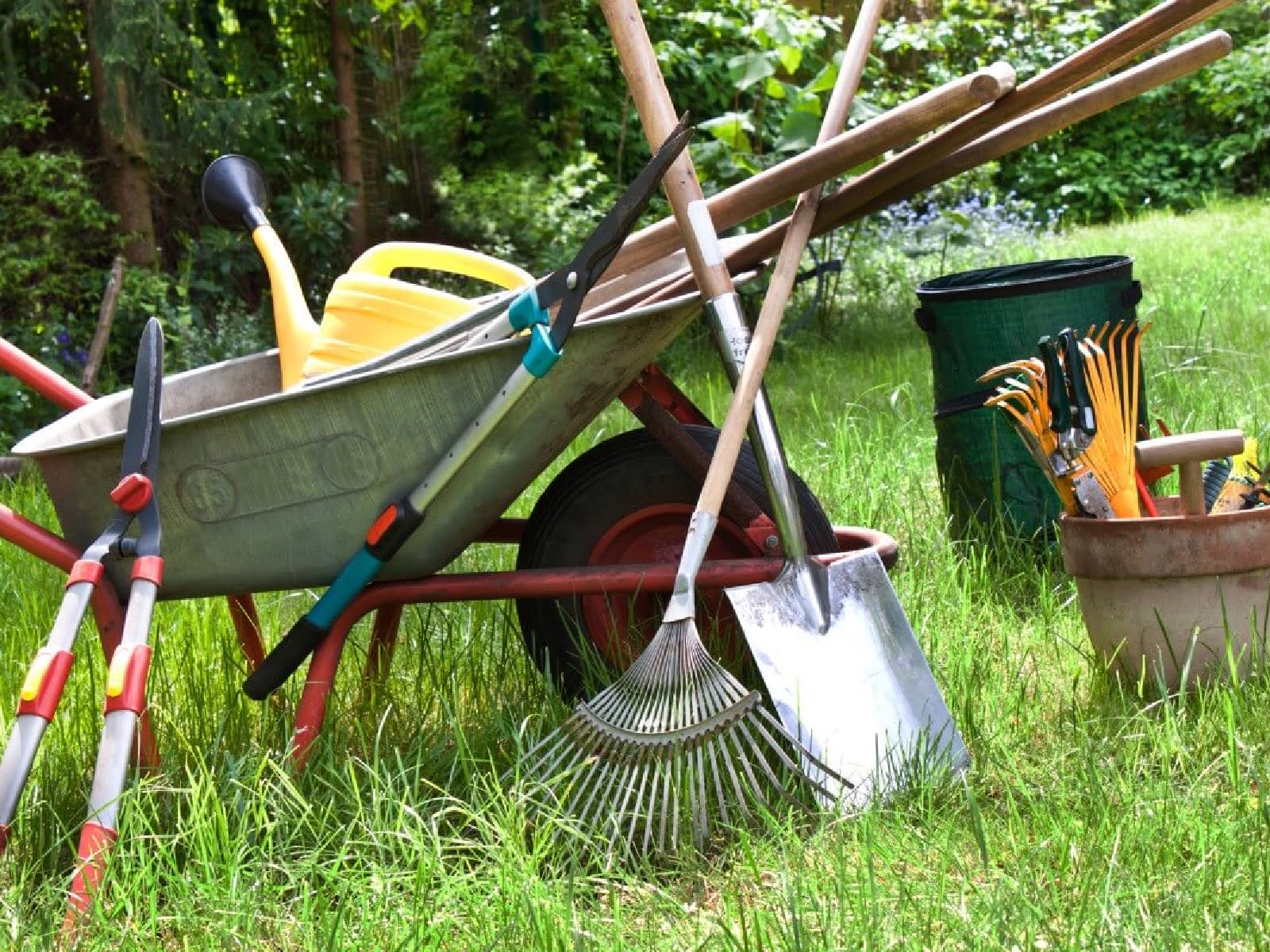
You don’t need hundreds of tools—just the right ones. A basic toolset includes:
- • Pruning shears
- • Rake
- • Shovel
- • Gloves
- • Hose or watering can
Always clean your tools after using them and keep them in a dry spot. Sharp tools make pruning simpler, and clean tools stop diseases from spreading. Good-quality tools save you time and make your work more comfortable.
8. Keep It Eco-Friendly – Landscaping That Helps Nature Too

Good landscaping should also help the environment. Use native plants—they need less water and attract local bees and birds. Avoid chemical fertilizers. Use compost or natural pest control instead.
Store rainwater in barrels for watering your garden. Add solar lights or build a compost bin from kitchen scraps. These small steps help you protect both your plants and the planet.
9. Track Your Progress – Create a Monthly Garden Planner

A garden planner makes everything easier. Write down what to prune, plant & protect each month. Note when to water, fertilize, or check for pests. A few minutes of planning can save you from costly mistakes.
Use a notebook, app, or printed calendar whatever works best for you. Stick it in your shed or kitchen for easy access. Review your list weekly to keep things organized.
FREQUENTLY ASKED QUESTIONS
Q.1. When is the right time of year to cut back trees and shrubs?
A.1. The best time to prune is late winter or early spring. Don’t trim plants in the fall, as the cold can damage them.
Q.2. What should I plant during the fall season?
A.2. Fall is great for planting trees, shrubs, and bulbs. Warm soil gives roots a chance to grow well before winter sets in.
Q.3. How do I protect my plants during extreme heat or cold?
A.3. Use mulch, shade cloth, and plant covers. Water early in the day and avoid pruning during extreme conditions.
Q.4. What tools do I need for basic landscaping?
A.4. Start with pruning shears, gloves, a rake, a shovel, and a hose. These cover most basic tasks.
Q.5. How often should I update my landscaping checklist?
A.5. Update it monthly. Each season has new tasks, so reviewing your list helps you stay organized and proactive.
Conclusion
Landscaping doesn’t have to be overwhelming. With a simple checklist, you can keep your outdoor space healthy, colorful, and beautiful. Just remember to prune what’s old, plant what’s fresh, and protect what matters.
Every season brings new chances to improve your garden. Use this guide to stay ahead and enjoy your space all year long. A little effort each week makes a big difference in the long run.
Have questions or need expert landscaping help? Merchan’s Landscaping is here for you! Visit https://merchanslandscaping.com/ or give us a call at +1 (215) 431-5598. Our skilled team is ready to turn your outdoor ideas into reality. Reach out today we can’t wait to help!
